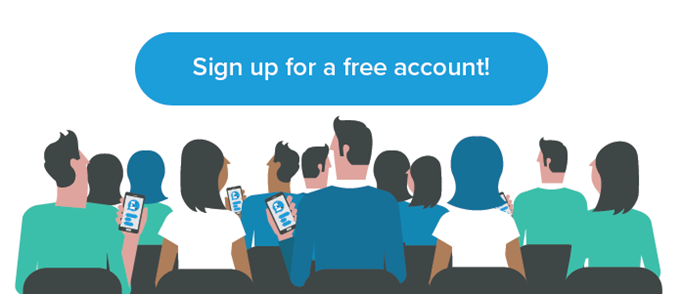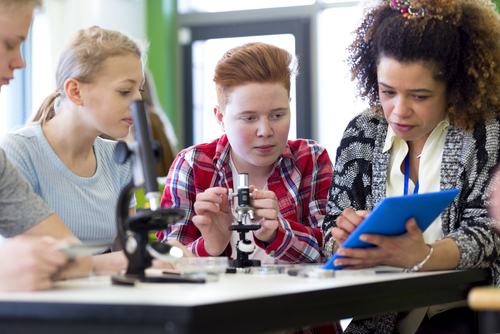Keeping students interested in a lecture has always been a challenge, even for the most experienced of educators. But it’s becoming increasingly difficult: Generation Z are said to have an attention span of just eight seconds. Which only goes to emphasise the need to engage them from the outset.
However, as all professionals recognise, achieving this is more than just getting students to be quiet and listen. Research shows that engagement takes place on three different levels. To reach student’s full potential, educators must achieve all three:
- Behavioural engagement; characterised by good behaviour in the classroom
- Emotional engagement; represented by student appreciation and value for what they are doing
- Cognitive engagement; a psychological state where students put effort to understand a topic
So how can this be done? The following three strategies can help:
Encourage in-class collaboration
When students work well together in a team, engagement is strengthened. This is because collaborative educational tasks and experiences boost participation of every student. Such collaborative learning can vary from short active learning activities to long group projects.
Technology can also be used to enhance this type ofcollaborative learning in the classroom. For example, educators, can use cloud-based platforms to start student collaboration or brainstorm in groups. Because Generation Z are technology natives, covering instructional content with the help of videos, podcasts, feedback apps, and social media boosts engagement and promotes deeper learning. Reaching out to students in the manner they prefer and that comes naturally to them, makes sense.
Provide more personalised learning
Students are more likely to be motivated when they have a say in what they’re doing. Hence one of the best techniques to provide students with a choice is flipped learning. Flipped learning requires students to engage with lecture content outside the classroom, before undertaking corresponding tasks in the classroom. Students can access all the learning material including pre-recorded videos, online articles, and case studies at a time that best suits their individual needs. According to the research, more than 60% of the students felt more motivated for learning, and demonstrated higher engagement with the course after applying flipped learning techniques.
Use real-time assessment in every lecture
Real-time assessment tools allow lecturers to visualise student understanding instantly. By immediately identifying and addressing any knowledge gaps, lecturers can then adapt their lessons to the real needs of each student, helping to keep them engaged. This type of technology can also be used to ease Q&A sessions or any type of a classroom discussions, because it encourages open dialogue and enables students to speak their mind. This learning can later be shared with the whole lecture in a form of an Excel sheet, raising questions that further stimulate discussion and engagement.
The more engaged the students are, the more they devote their time to the lesson and the more they will learn and grow.





